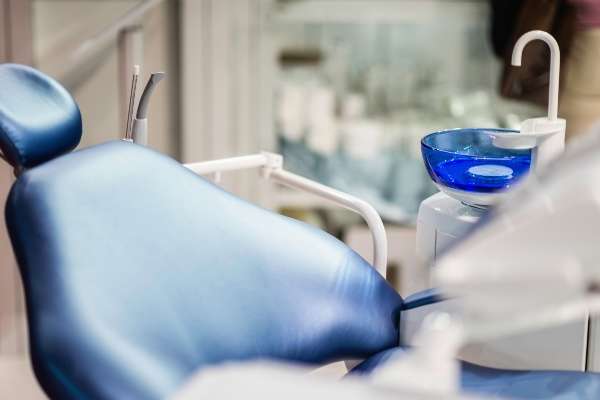 Most people will develop at least one dental cavity by the time they reach adulthood. The most common type of general dentistry treatment for a cavity is a filling. However, many patients prefer to avoid dental work whenever possible, including fillings. In addition, some products and natural remedies claim to heal tooth decay and repair cavities without the need for professional treatment. Is this claim true?
Most people will develop at least one dental cavity by the time they reach adulthood. The most common type of general dentistry treatment for a cavity is a filling. However, many patients prefer to avoid dental work whenever possible, including fillings. In addition, some products and natural remedies claim to heal tooth decay and repair cavities without the need for professional treatment. Is this claim true?
Understanding cavity development and damage
By definition, a cavity is technically the result of tooth decay. It is a hole or a missing portion of a tooth caused by bacterial growth or acid erosion. Deterioration is often gradual and happens over weeks or months with improper oral hygiene habits. Once the hard tissues of teeth have been destroyed in such a way as to lead to loss of structure, the body cannot rebuild it on its own. For this reason, there is no way to reverse a cavity.
Tooth decay, in its very early stages, cannot be reversed, but it can be stopped to prevent any further damage. However, early detection and prompt treatment are critical. For example, suppose a dentist detects tooth decay before any major damage has been done. In that case, there are options for avoiding fillings and other types of dental work, assuming the patient maintains excellent oral care and healthy lifestyle habits.
Treatment will likely be required if tooth decay progresses enough to form a cavity. Otherwise, the damage could continue to develop and lead to severe tooth deterioration, weakened structure, and even infection or tooth loss.
General dentistry options for preventing and treating cavities
The primary tactics for preventing tooth decay are:
- Brushing properly with a fluoride toothpaste at least twice a day
- Flossing at least once a day
- Seeing a dentist every six months for cleanings and checkups
- Limiting sugary and acidic foods and beverages to prevent enamel erosion
- Avoiding tobacco use
Many dentists recommend topical fluoride treatments at every cleaning to help strengthen tooth enamel and reduce the risks of developing cavities. In addition, the direct application helps the teeth absorb this important mineral more effectively for better dental health.
In some adults and most children, dentists often recommend placing sealants. These tooth-colored resin coverings are usually placed on molars towards the back of the mouth, where cavities are often more likely to occur. According to the American Dental Association, it is a quick and painless procedure and can reduce cavities in children by as much as 80%.
Sometimes, when cavities are in the beginning stages, and no serious damage has developed, a dentist may use a silver diamine fluoride treatment to help prevent the decay from worsening or spreading. This solution helps kill bacteria while strengthening tooth enamel. However, it is rarely a long-term solution and requires excellent home care to be effective. Therefore, it is most often used on baby teeth or young children who may not be ready for dental work.
Conclusion
While there is no way to reverse a cavity, many general dentistry practices and treatments can help prevent tooth decay from developing or worsening. However, a dentist should still evaluate all cavities to avoid serious complications.
Request an appointment or call St Lucie Center for Cosmetic Dentistry at 772-242-4124 for an appointment in our Port St. Lucie office.
Related Posts
Wondering whether it is OK to skip oral hygiene from time to time? Read on to learn from a general dentist why that is not a good idea. All general dentists preach the importance of good oral hygiene between dental cleaning visits for a reason. The long-term focus for general dentists is on helping their…
Dental patients can visit a general dentistry office for various preventative procedures that promote long-term oral health. For example, dental sealants can protect teeth susceptible to decay, and a dentist may recommend this treatment option for multiple reasons.Sealants are wafer-thin coatings of resin or plastic a dentist places over the chewing surfaces of back teeth…
When you experience a dental injury, serious tooth pain, or signs of a potential infection, it is important to schedule a general dentistry appointment. While dentists are equipped to treat a variety of oral health issues, many of these can be avoided with proper preventative care. Most dentists offer treatments that can help significantly reduce…





